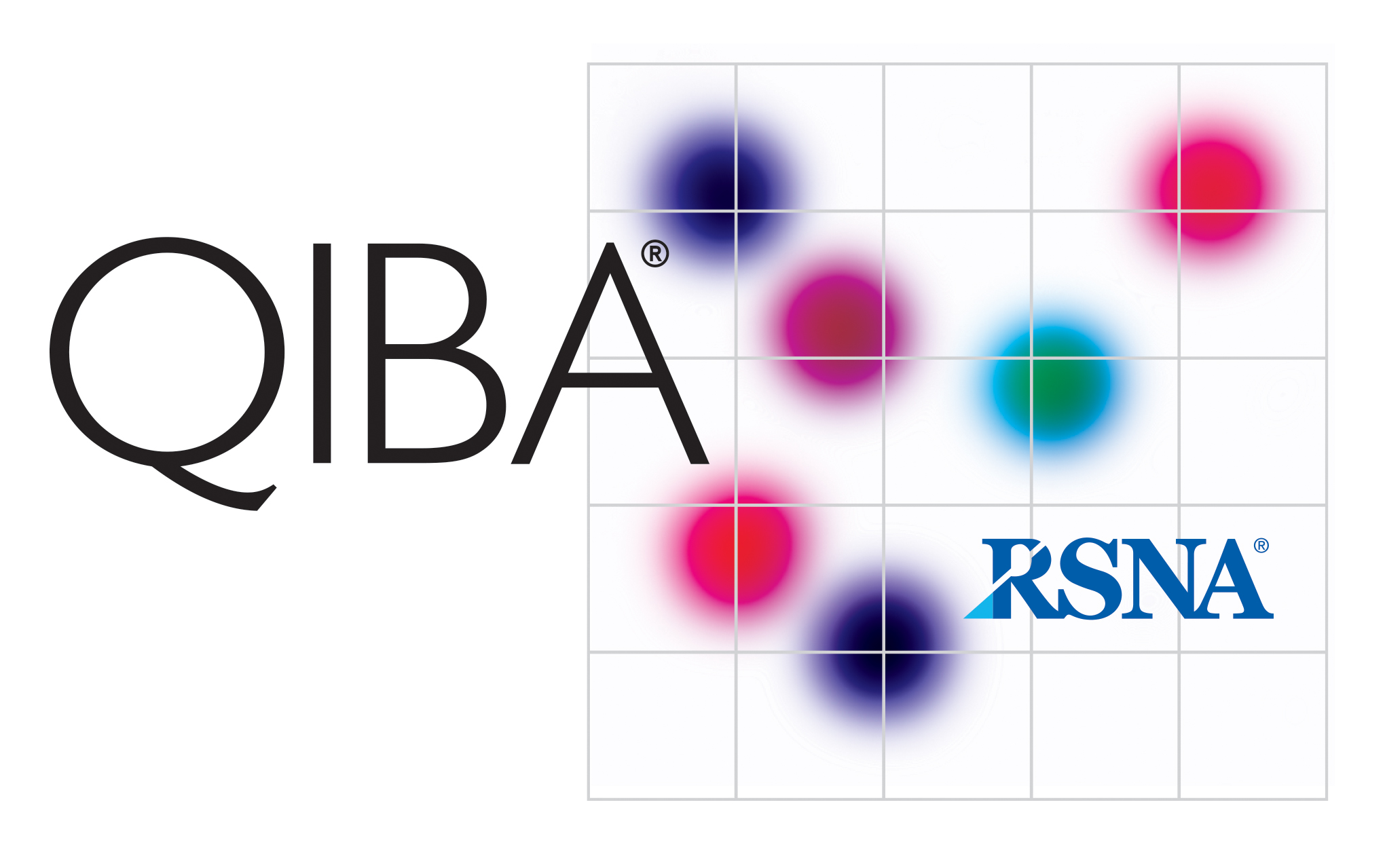Ultrasound Measurement of Shear Wave Speed for Estimation Liver Fibrosis, Clinically Feasible Profile
Document (PDF)
Publication Details
Author: QIBA Ultrasound Shear Wave Speed (SWS) Biomarker Committee
Version: Stage 3: Clinically Feasible
DOI: 10.1148/QIBA/20240115
Publication date: 2024 January 15
Executive Summary
The goal of a QIBA Profile is to help achieve a useful level of performance for a given biomarker.
Profile development is an evolutionary, phased process; this Profile is in the “Clinically Feasible” (formerly “Technically Confirmed") stage. The performance claims represent expert consensus and will be empirically demonstrated at a subsequent stage. Several sites have performed the profile, found it to be practical, and expect it to achieve the claimed performance. Users of this Profile are encouraged to refer to the following site to understand the document’s context: http://qibawiki.rsna.org/index.php/QIBA_Profile_Stages.
The Claim (Section 2) describes the biomarker performance. The Activities (Section 3) contribute to generating the biomarker. Requirements are placed on the Actors that participate in those activities as necessary to achieve the Claim. Assessment Procedures (Section 4) for evaluating specific requirements are defined as needed. Conformance (Section 5) regroups Section 3 requirements by Actor to conveniently check Conformance.
This QIBA Profile (Ultrasound Measurement of Shear Wave Speed for Estimation of Liver Fibrosis) addresses estimation of liver fibrosis, which is often used to determine when and how to treat patients with diffuse liver disease, and also monitor progression or response to treatment. It places requirements on ultrasound scanners (acquisition devices), Scanner Manufacturer/Vendor, Technologists/Sonographers, QA (Quality Assurance) Manager, Radiologists, and Image Analysis Tools involved in pre-delivery steps, scanner installation, periodic QA procedures, subject selection and handling, SWS image acquisition, image QA, and image analysis. The requirements are focused on achieving sufficient accuracy and avoiding unnecessary variability of the estimation of liver fibrosis. Estimates of liver fibrosis are based on a measurement of shear wave speed (SWS) in the tissue using ultrasound, which in turn is based on the stiffness of the liver tissue.
The clinical performance target is to achieve SWS measurements with a bias of the mean value of ≤ 5% and an overall coefficient of variation (SD/mean) of ≤ 5%. The standard against which to measure bias has not yet been fully defined, so currently there is no bias claim. At the present time, bias is determined by comparison to the measured SWS and stiffness using a Verasonics ultrasound system in a calibrated QIBA SWS phantom. Currently bias and precision depend on the magnitude of measured SWS (as determined in phantom studies) so bias and variance claims are given for three ranges of measured SWS values. Also, bias and precision depend on the conditions under which the measurements are made. Bias and precision claims are therefore also given for various measurement conditions.
This document is intended to help clinicians basing decisions on this biomarker, imaging staff generating this biomarker, vendor staff developing related products, purchasers of such products, and investigators designing trials with imaging endpoints.
Note that this document only states requirements to achieve the claim, not “requirements on standard of care.” Conformance to this Profile is secondary to properly caring for the patient.
QIBA Profiles addressing other imaging biomarkers using CT, MRI, PET and Ultrasound can be found at https://qibawiki.rsna.org/index.php/Main_Page
